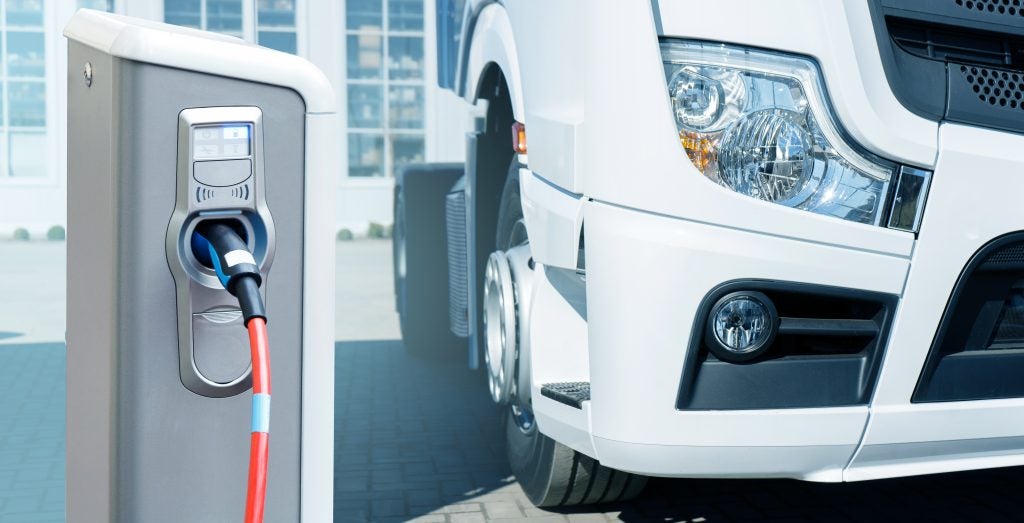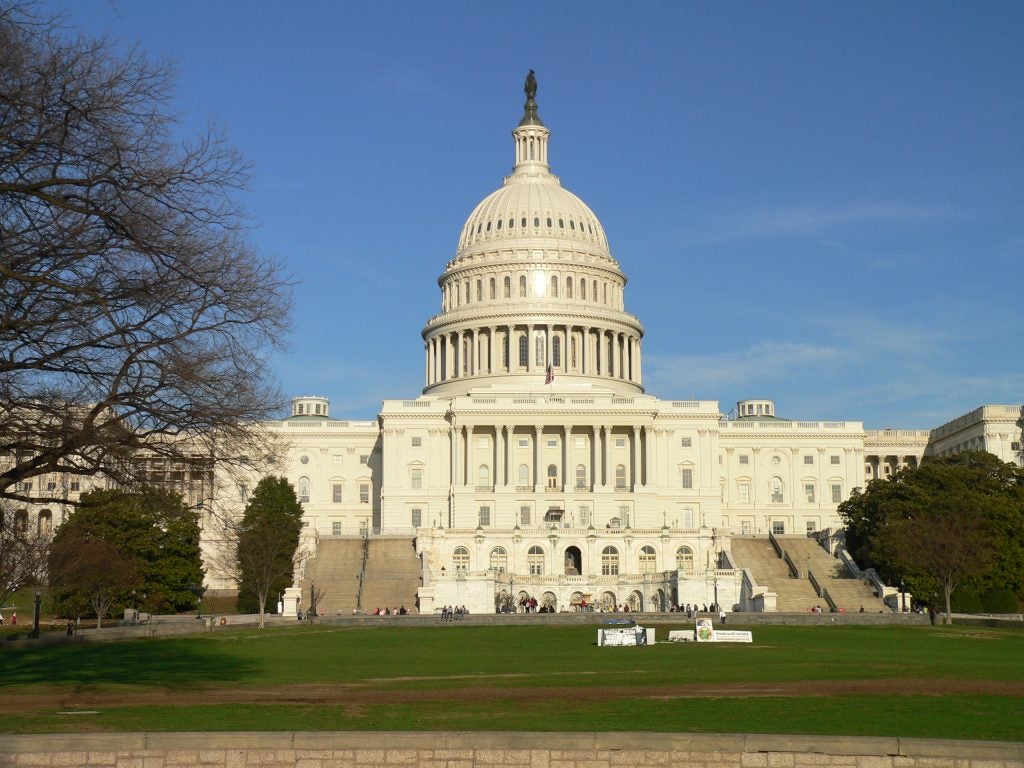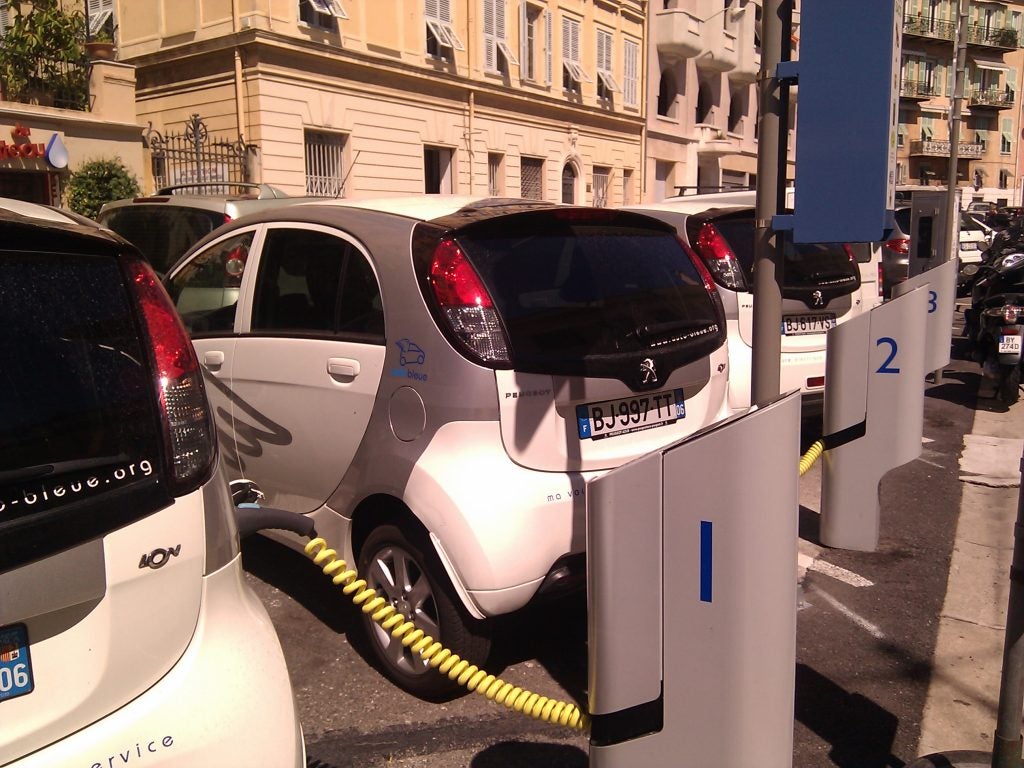A new study developed by Roush Industries for EDF shows rapidly declining costs for zero-emission freight trucks and buses, underscoring the feasibility of rapidly deploying these vehicles that will help us save money, have healthier air, and address the climate crisis.
The study, Medium- and Heavy-Duty Electrification Cost Evaluation, analyzes the cost of electrifying vehicles in several medium and heavy-duty market segments, including transit and school buses, shuttle and delivery vehicles, and garbage trucks – vehicles that typically operate in cities where average trip distances are short and the health and pollution effects of transportation pollution are of particular concern. It projects the upfront costs of buying an electric vehicle instead of a diesel vehicle, and the total cost of ownership for electric vehicles in model years 2027 to 2030.
The study finds that a rapid transition to electric freight trucks and buses makes economic sense when considering both the upfront purchase cost and the total cost of ownership.



